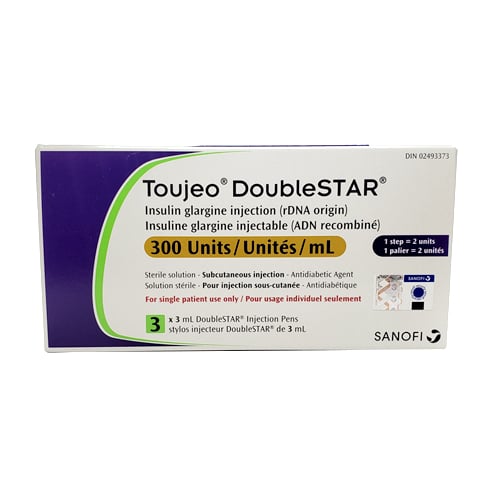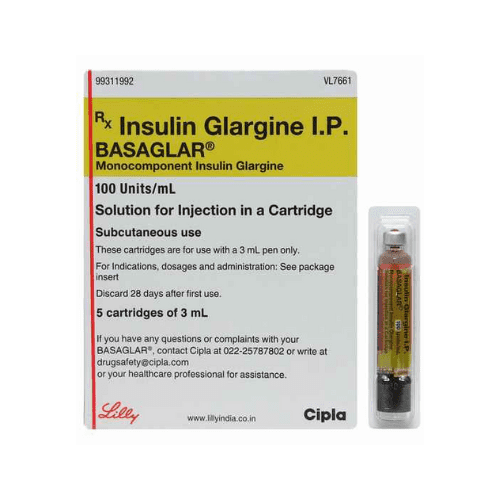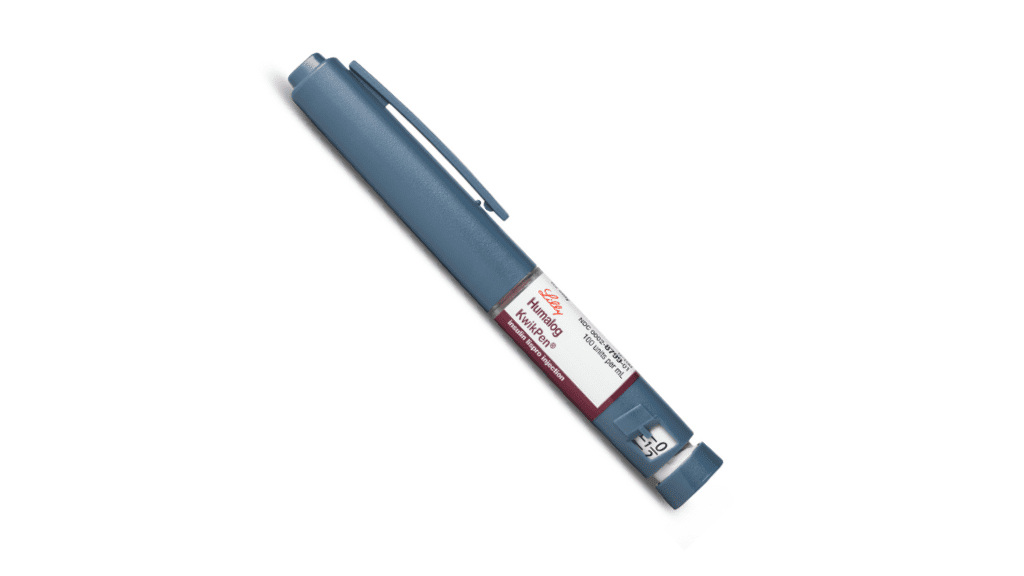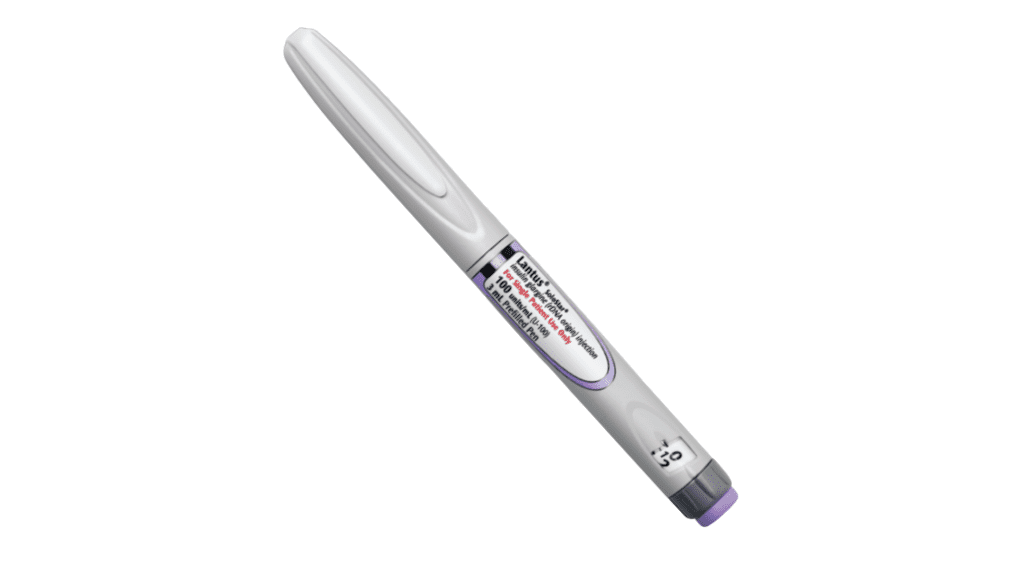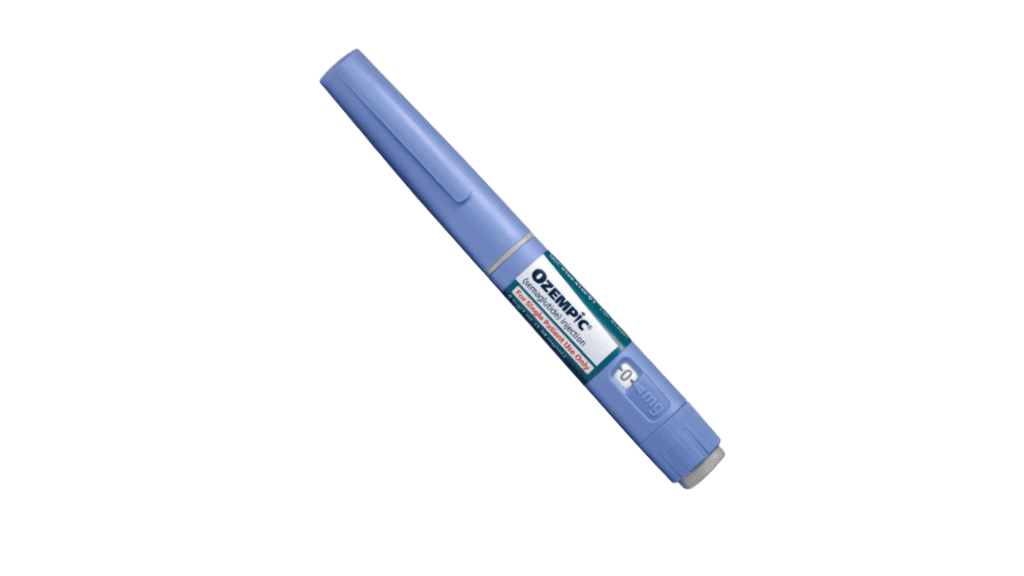Best Pens
Best insulin pen for type 2 diabetes
When selecting the best insulin pen for managing type 2 diabetes, several factors need to be considered, including ease of use, dosing accuracy, convenience, and individual needs. Below are some of the top insulin pens available for type 2 diabetes, along with their key features:
1. Lantus SoloStar
Key Features:
- Type of Insulin: Long-acting (insulin glargine)
- Usage: Once daily
- Ease of Use: Pre-filled, disposable pen with a simple dial for dosing
- Benefits: Provides steady, long-lasting insulin coverage for up to 24 hours
2. Levemir FlexTouch
Key Features:
- Type of Insulin: Long-acting (insulin detemir)
- Usage: Once or twice daily
- Ease of Use: Pre-filled, disposable pen with a low force injection button
- Benefits: Provides flexible dosing options with consistent, long-acting insulin
3. NovoLog FlexPen
Key Features:
- Type of Insulin: Rapid-acting (insulin aspart)
- Usage: Before meals
- Ease of Use: Pre-filled, disposable pen with a simple dial for dosing
- Benefits: Quick onset of action to manage blood sugar spikes after meals
4. Humalog KwikPen
Key Features:
- Type of Insulin: Rapid-acting (insulin lispro)
- Usage: Before meals
- Ease of Use: Pre-filled, disposable pen with a lightweight design
- Benefits: Fast-acting insulin to control post-meal blood sugar levels
5. Toujeo SoloStar
Key Features:
- Type of Insulin: Long-acting (insulin glargine U-300)
- Usage: Once daily
- Ease of Use: Pre-filled, disposable pen with a dose counter
- Benefits: Higher concentration insulin that lasts longer than Lantus, potentially requiring smaller injection volumes
6. Basaglar KwikPen
Key Features:
- Type of Insulin: Long-acting (insulin glargine)
- Usage: Once daily
- Ease of Use: Pre-filled, disposable pen similar to Lantus
- Benefits: An alternative to Lantus, providing consistent, long-acting insulin
7. Fiasp FlexTouch
Key Features:
- Type of Insulin: Rapid-acting (insulin aspart with added niacinamide)
- Usage: Before meals or within 20 minutes after starting a meal
- Ease of Use: Pre-filled, disposable pen
- Benefits: Faster onset of action compared to NovoLog, for more flexible mealtime dosing
Choosing the Right Insulin Pen
Considerations
Doctor’s Recommendation
Always consult with your healthcare provider to determine the most suitable insulin type and delivery method for your specific condition.
Lifestyle Needs
Consider factors like convenience, frequency of dosing, and ease of use.
Insurance Coverage
Check with your insurance provider to see which insulin pens are covered under your plan to manage costs.
Personal Preferences
Some patients may prefer pens with easier injection mechanisms or more discreet designs.
Each of these insulin pens offers unique benefits, and the best choice will depend on your individual health needs, lifestyle, and preferences.
How to use insulin pen?
Prepare: Wash your hands with soap and water. Gather your insulin pen, a new pen needle, and an alcohol swab.
Check Insulin: Check the insulin in the pen to ensure it matches your prescribed type and dose. Make sure it’s not expired and appears clear without any particles.
Prime the Pen (if necessary): Some pens require priming before the first use or if it hasn’t been used for a while. Follow the manufacturer’s instructions to prime the pen.
Attach the Needle: Twist on a new needle securely onto the pen. Remove the needle cap, being careful not to touch the needle.
Remove Air Bubbles: Hold the pen with the needle pointing up and tap the cartridge gently to make any air bubbles rise to the top. Press the dose button and release until a drop of insulin appears at the needle tip.
Choose Injection Site: Common injection sites include the abdomen, thighs, or buttocks. Clean the chosen area with an alcohol swab and let it dry.
Inject Insulin: Pinch a fold of skin at the injection site and insert the needle at a 90-degree angle (or as instructed by your healthcare provider). Push the dose button to inject the insulin slowly and steadily.
Hold: Keep the needle in place for a few seconds after injecting to ensure all insulin is delivered.
Remove Needle: Remove the needle from the skin and safely dispose of it in a sharps container.
Check Dose: Check the dose window on the pen to confirm you’ve received the correct amount of insulin.
Store Pen: Store the pen according to the manufacturer’s instructions, usually at room temperature, away from direct heat and sunlight.
What is the diabetic pen for?
A diabetic pen, also known as an insulin pen, is a device designed to help individuals with diabetes manage their condition by administering insulin. Insulin pens are portable, easy-to-use devices that provide a convenient way to deliver insulin subcutaneously (under the skin). They come prefilled with insulin or use replaceable cartridges and are used to inject insulin for both mealtime and basal insulin needs. Insulin pens offer benefits such as ease of use, accuracy in dosing, and convenience for individuals who require insulin therapy as part of their diabetes management plan.
How to administer insulin pen?
Always follow your healthcare provider’s instructions and the specific guidelines provided with your insulin pen. If you have any questions or concerns about administering insulin, consult your healthcare provider or a diabetes educator.

